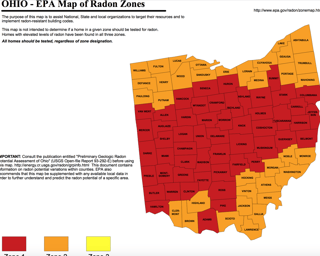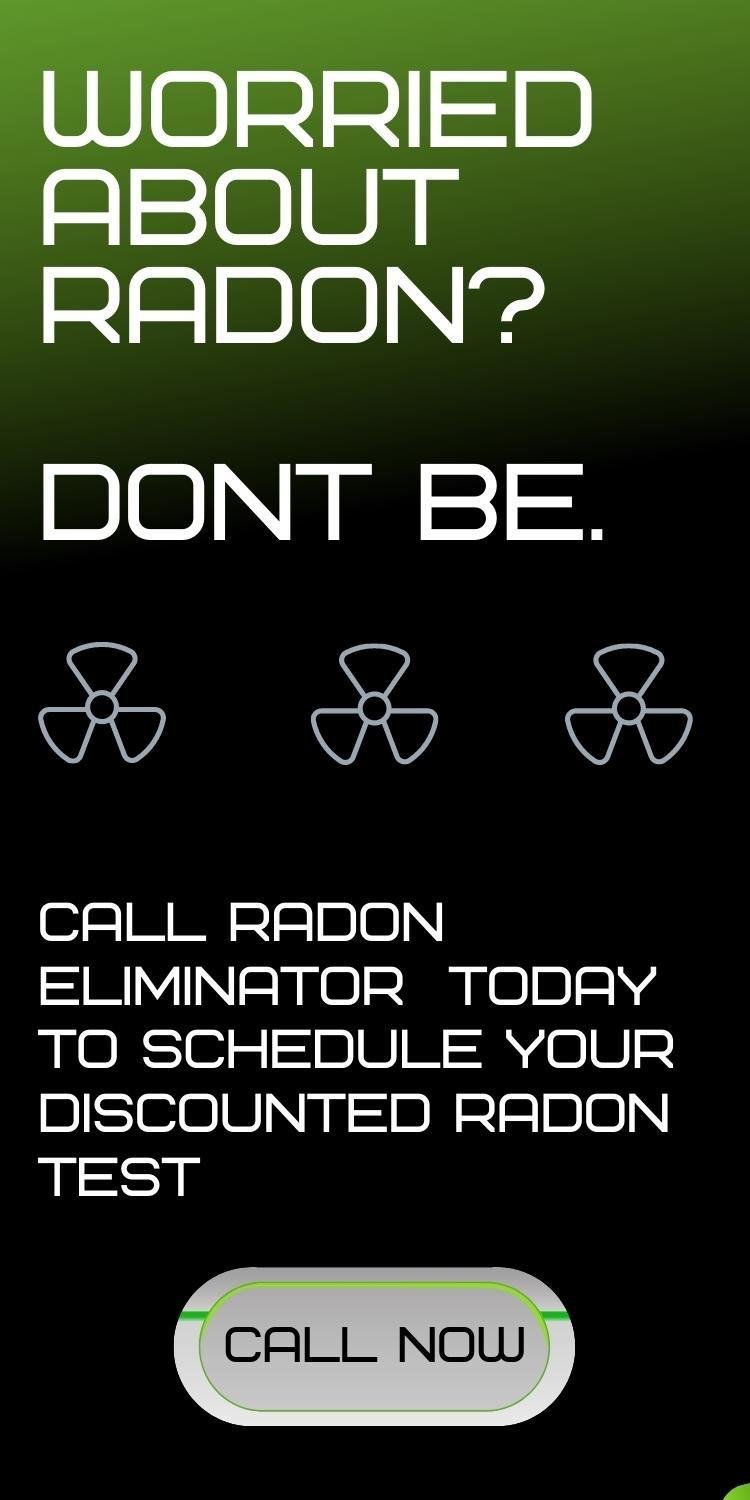What are the 5 Most Important Ohio Radon Statistics to Know?

Many people call our office to figure out how Radon can affect them, their household and what statistics they should be paying the most attention to.
In this blog post, we are going to share what we believe are some of the most important Radon statistics in the state of Ohio and what you can do to protect yourself from Radon Gas.
Another important fact you might not know is January is national radon action month. Learn more in our blog post: “National Radon Action Month.”
Table of Contents
- Most Ohio Counties have High Radon Levels
- Soil in Ohio Contains Uranium
- Basements as Living Spaces
- Soil Survey of Summit County
- Radon in Ohio
- Schedule a Discounted Radon Test
The 5 Most Important Ohio Radon Statistics:
- The majority of Ohio counties are listed as Zone 1 by the US EPA. This means that most Ohio counties have a predicted average indoor radon screening level
 greater than 4pCi/L (red zones). When a house comes back with an indoor reading more significant that 4pCi/L, these are the locations that are at the greatest risk for Radon-related Lung Cancer because of the increased amount of radiation in the breathable air.
greater than 4pCi/L (red zones). When a house comes back with an indoor reading more significant that 4pCi/L, these are the locations that are at the greatest risk for Radon-related Lung Cancer because of the increased amount of radiation in the breathable air. - Much of the soil in Ohio contains quantities of uranium and radium. These minerals continuously break down to release radon gas. Therefore, Ohio's natural geology lends itself to providing a higher ongoing supply of radon.
- Another significant Radon statistic to keep in mind is that many Ohio homes have basements that are used as living spaces. The Ohio Department of Health estimates that about one in two of Ohio homes have enough radon to pose a large risk to the occupants' health over many years of exposure.
- The Soil Survey of Summit County (1990) indicates that the soils in Summit County are high to moderately permeable. Ohio soil permeability allows Radon to more easily penetrate the soil and outgas into a home.
- Radon in Ohio has been shown to originate in the till from one or both of the following sources found according to a geographic analysis: 1) uranium-rich Ohio Shale fragments that have been eroded from outcrops in central and western Ohio and incorporated in the till, and 2) uranium enriched calcareous soils developed on till derived from the underlying limestone and dolostone bedrock. Many Ohio zip code areas with high radon concentrations are also associated with glacial or alluvial sand and gravel deposits. They state that it is the high permeability of these deposits rather than their composition that is responsible for elevated indoor levels in Ohio.
Ohio Discounted Radon Testing Offer!
If you have never had your Ohio home tested for elevated Radon levels we invite you to take advantage of Radon Eliminator's Discounted Radon Testing offer below.





